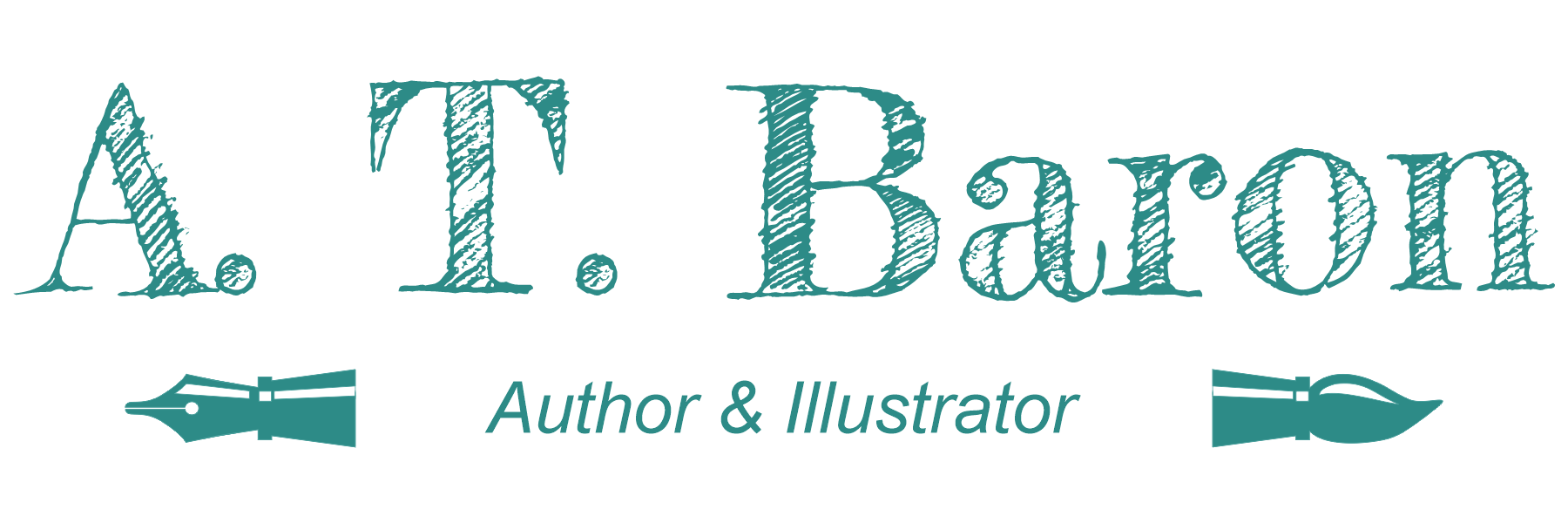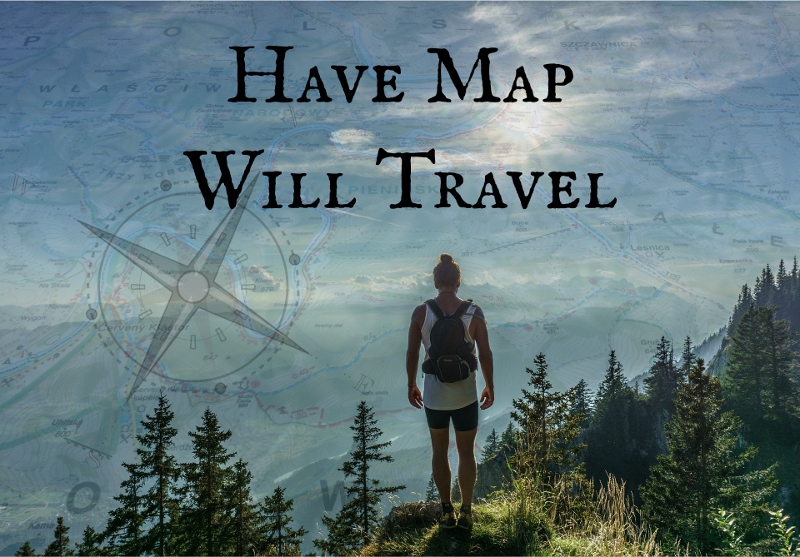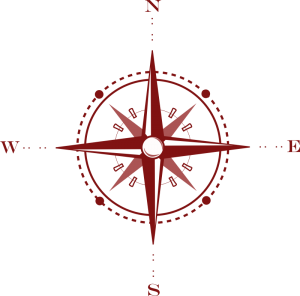Fortune Cookie Friday: Have Map, Will Travel
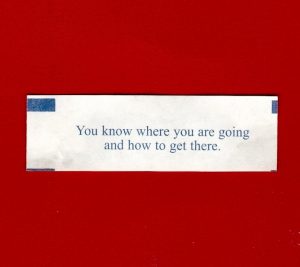
JRR Tolkien wrote, “Not all those who wander are lost.” I find myself wandering in the woods or local bookstore a lot. It can be therapeutic to stroll along with no particular place to go, but many times it’s good to know where you are going and how to get there. When I read today’s fortune, it reminded me that a map and compass are great tools for those walks in the woods. They are also important in life.
When I was in college, I took a compass course for kinesiology. That was many years ago, so I took a refresher course this fall. Using a compass, although relatively simple, is one of those things you need to practice over and over again. Unlike riding a bike, if you don’t use your compass skills, you lose them. A compass is a handy thing to have when on a camping trip or traveling. The problem with a compass is that it only points you in a direction. You first need to to know where you want to go and take the first steps. It helps to have a map.
Your map is your goal in life, your plan—we all need a plan. Your compass is your conscience—knowing which direction to go. They work hand in hand, but you can still get lost if you don’t use them right. If you ever looked at a map—and I don’t mean the GPS on your phone or in your car— it has multiple parts that your need to familiarize yourself with. Without these parts, your map is just a pretty picture with no purpose. There are four parts to every map.
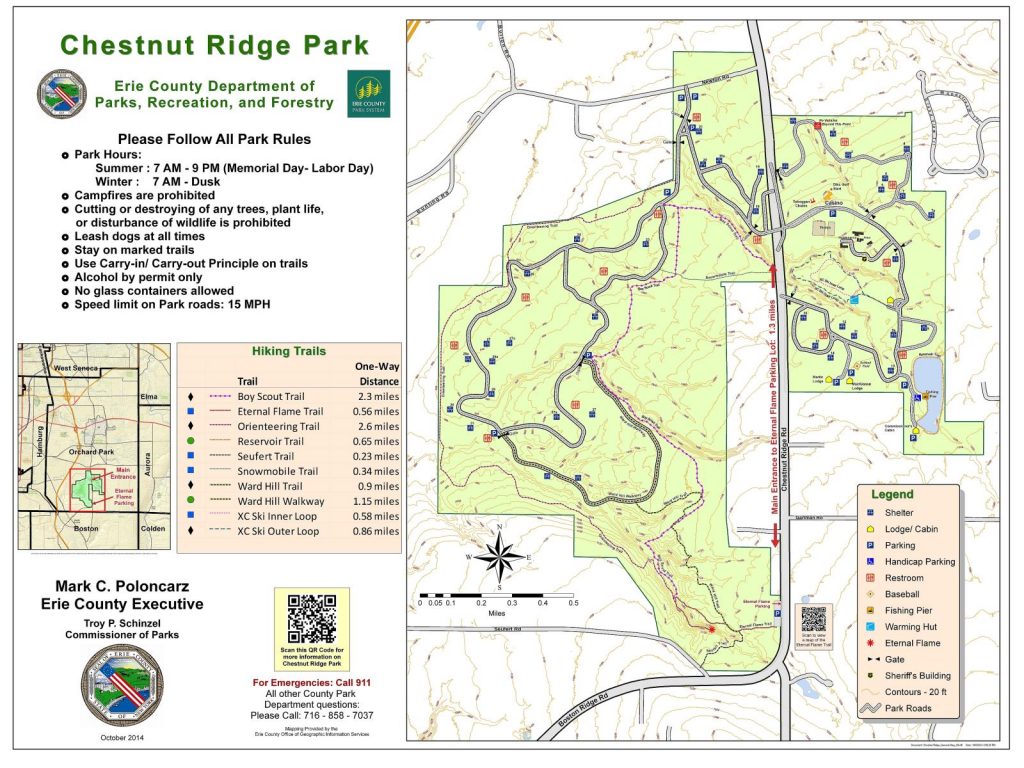
Title
Usually found at the top or bottom of the map, the title tells you what the map is. The map could be your whole life, or a main goal at a particular time in your life. It has all the hills and valleys of any good topographical map—mine has a couple of mountains. It may have forests on it or possibly cities. It might be a large region or a small plot. This all depends on what type of life or goal you have.
Scale
The scale is the relationship between distance on a map and actual distance on the earth. The scale can be represented by words (e.g., “one inch equals one mile”), a ratio or fraction. It can even have a handy ruler beside it. In your life, the scale is the relationship between the amount time of your goal and your allotted time on Earth. It could be one year, 50, or 115. The scale on a map is set and easily known. The scale of your life…well time will tell. Since you don’t know how long your life will be, you might want to make sure you plot your course well.
Compass Rose
This object appears on maps to identify four main directions: North, South, East and West. These are general directions, and you can pick any one to travel in, but they give you a reference point. Author, musician, and journalist, Mitch Albom said, “Desire sets our compass, but real life steers our course.” He may be onto something. The cardinal directions that orient you in life might be your upbringing, education, or possibly your religion. All are strong foundations to start your trek.
Key
Found on the bottom of the map, the map key tells you what those little symbols on the map stand for. The symbols are small pictures used to represent real things on our Earth like mountains, hills, streets, etc. In life, this could be the people we meet, interesting landmarks or events, or obstacles we should avoid. Remember, the symbols don’t always look like what they represent in the real world.
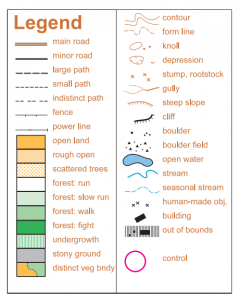
Now that you have your map, you’ll need a good moral compass to keep you on your path. Like any good navigator, you will want to set your compass from your map. There are actually two norths, true north and magnetic north. We also have two souths. Because of this, you need to calculate your declination (the difference between true north and magnetic north, depending on how far east or west of the zero line you are).
These different positions, or norths, are your direction in life and those of everyone else in the world. You may decide to be a doctor, but the path you chose might be very different from someone else that wants to be a doctor. Don’t worry; you don’t have to follow the exact same path as someone else. Unlike the printed map, your life map is one of a kind. With your declination set, you can continue on your course with confidence. If you get distracted by something—Squirrel!—you will be able to get back on track.
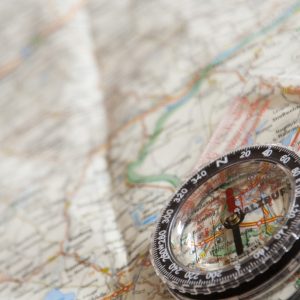
NB: When using a compass, you need to be careful not to read your compass near any metal objects on your body—belt buckles, cell phones, and even bra underwire can throw off the accuracy. You need to take the same precautions with your moral compass. Certain things can throw it off. You want your compass to stay true. Never let society determine the direction of your moral compass.
With map and compass in hand, you can travel through life successfully. You choose the path and take the first steps. Dr. Seuss (1904-1991) wrote some profound words, even if a simple character portrayed them. “You have brains in your head. You have feet in your shoes. You can steer yourself in any direction you choose. You’re on your own, and you know what you know. And you are the guy who’ll decide where to go.” – Oh, The Places You’ll Go! (Random House, 1990)
So, what are you waiting for?
